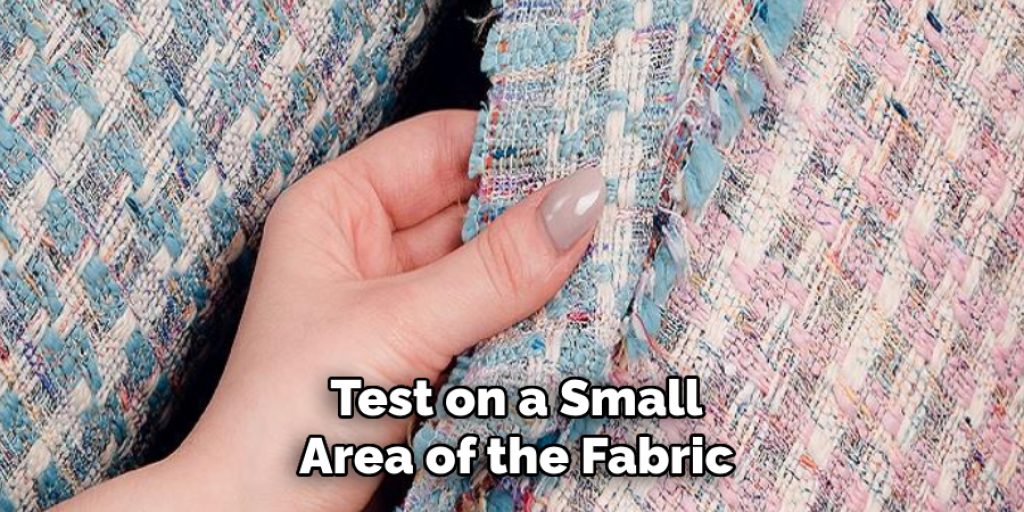How to Use Starch Spray
Starch spray is a versatile laundry product that can elevate the appearance of your garments by adding crispness and reducing wrinkles. It is commonly used in preparing clothes such as dress shirts or table linens, providing a polished finish that enhances both style and professionalism.

In this guide, we will explore the various methods for how to use starch spray, the benefits it offers, and tips for achieving the best results. Whether you’re getting ready for an important meeting or simply want to maintain your wardrobe, mastering the use of starch spray can help you look your best with minimal effort.
What is Starch Spray?
Starch spray is a laundry aid designed to provide additional stiffness to fabrics, giving them a crisp, polished look. Typically made from natural or synthetic starch, this product works by coating the fibers of the fabric, making them less pliable and more structured. It is especially popular for use on cotton and linen clothing, as well as table linens, to enhance their presentation.
Starch spray not only helps to maintain the shape of garments but also aids in wrinkle reduction and can even repel dirt and stains, making it a valuable tool for anyone looking to keep their clothing and linens looking sharp and well cared for.
Why Use Starch Spray?
Using starch spray provides several advantages that can significantly improve the overall appearance and longevity of your garments and linens. Firstly, it enhances the crispness of fabrics, giving them a fresh, tailored look that is particularly important for formal attire or special occasions. Additionally, starch spray helps to minimize wrinkles, making it an ideal choice for busy individuals who want to save time on ironing.
Furthermore, the protective barrier it creates can repel dirt and stains, allowing you to maintain a cleaner appearance for longer periods. Finally, starch spray can help garments maintain their shape and structure, reducing the frequency of trips to the dry cleaners and prolonging the life of your clothing and linens. Overall, incorporating starch spray into your laundry routine can lead to a more polished and well-maintained wardrobe.

10 Methods How to Use Starch Spray
1. Understanding the Purpose of Starch Spray
Before using starch spray, it’s essential to understand its primary functions and benefits. Starch spray is designed to add stiffness and structure to fabrics, making them easier to work with and helping them maintain their shape. It is particularly useful for projects that require precise edges and creases, such as sewing garments, quilting, or crafting.
By applying starch spray, you can achieve a crisp, polished finish and ensure that fabrics remain smooth and free from wrinkles. Understanding these benefits will help you use starch spray effectively and achieve the desired results in your projects.
2. Selecting the Right Starch Spray
There are various types of starch sprays available, each offering different levels of stiffness and additional features. When selecting a starch spray, consider the specific needs of your project. Some sprays offer extra hold for heavy fabrics, while others provide a lighter finish suitable for delicate textiles.
Additionally, some starch sprays are designed to be used with specific types of fabrics or may contain added ingredients like wrinkle-release agents. Read the label and choose a starch spray that aligns with your project requirements and fabric type to achieve optimal results.
3. Preparing the Fabric
Proper preparation of the fabric is crucial for effective starch application. Start by ensuring that the fabric is clean and free of any dirt or oils. Wash and dry the fabric as you normally would, and iron it to remove any existing wrinkles. Once the fabric is prepped, you can proceed with applying the starch spray. Prepping the fabric ensures that the starch adheres evenly and provides the best results in terms of stiffness and smoothness.
4. Applying Starch Spray Evenly
For best results, apply starch spray evenly across the fabric. Hold the can of starch spray approximately 6 to 12 inches away from the fabric and spray in a sweeping motion to cover the entire surface. Avoid applying too much starch in one spot, as this can lead to uneven stiffness or residue buildup.

Apply a light, even layer of starch and allow it to dry before applying additional layers if needed. Proper application ensures that the fabric achieves a uniform finish and maintains its desired level of stiffness.
5. Using Starch Spray for Ironing
Starch spray is particularly effective when used during the ironing process. After applying starch to the fabric, use an iron set to the appropriate temperature for the fabric type. Press the iron over the fabric in smooth, even strokes to activate the starch and set the desired shape. The heat from the iron helps to bond the starch with the fibers, resulting in a crisp, smooth finish.
Be sure to follow the fabric’s care instructions and avoid overheating, which could damage the fabric or cause the starch to become sticky.
6. Applying Starch Spray to Sewing Projects
When working on sewing projects, starch spray can help stabilize and smooth the fabric, making it easier to handle and sew. Apply starch to fabric pieces before cutting and sewing to ensure precise edges and seams. This is especially useful for lightweight or slippery fabrics that can be challenging to work with.
Starching the fabric helps to prevent shifting and bunching, resulting in cleaner, more accurate seams. After applying starch, let the fabric dry and then proceed with cutting and sewing as usual.
7. Using Starch Spray for Quilting
In quilting, starch spray is valuable for achieving a professional finish and precise piecing. Before assembling quilt blocks, apply starch to the fabric pieces to help them maintain their shape and reduce stretching. This is particularly helpful for intricate patterns or when working with small pieces. Starch also helps to keep fabric layers from shifting during piecing and quilting. Apply starch evenly, press with an iron, and then proceed with quilting as usual. The result is crisp, well-defined quilt blocks and a polished final product.
8. Starching Delicate Fabrics
When using starch spray on delicate fabrics, such as lace or silk, it’s essential to use a light hand and choose a starch spray designed for gentle applications. Apply the starch spray sparingly and test on a small area of the fabric first to ensure that it does not cause any discoloration or damage.

Lightly spray the fabric and allow it to dry completely before handling. For delicate fabrics, avoid heavy starching and opt for a more subtle application to maintain the fabric’s integrity while still achieving the desired stiffness.
9. Removing Starch Residue
Sometimes, excess starch or residue can accumulate on fabrics, leaving a stiff or sticky feel. To remove starch residue, gently wash the fabric according to its care instructions. Most starch residues can be removed with a standard wash, but if needed, use a mild detergent and avoid using fabric softeners, as they can counteract the effects of the starch. After washing, reapply starch if necessary and iron the fabric to restore its crisp finish. Proper cleaning ensures that your fabric remains in good condition and free from unwanted residues.
10. Storing and Handling Starch Spray
Proper storage and handling of starch spray are important for maintaining its effectiveness and extending its shelf life. Store the can of starch spray in a cool, dry place, away from direct sunlight or extreme temperatures. Keep the can tightly sealed when not in use to prevent the starch from drying out or becoming contaminated. When handling starch spray, follow safety instructions on the label, and avoid inhaling or ingesting the product.
Proper storage and handling help ensure that your starch spray remains effective and safe to use for all your fabric projects.
Common Mistakes to Avoid
When using starch spray, it’s easy to make a few common mistakes that can affect your fabric’s finish and overall results. One common error is applying too much starch in a single application, leading to stiffness that can feel uncomfortable or create a crunchy texture. It’s best to apply in thin layers and build up as needed. Another mistake is neglecting to test the starch on a small, inconspicuous area before full application, especially on delicate or dark fabrics, which can result in unexpected discoloration or damage.
Additionally, failing to allow the starch to dry completely before ironing or sewing can create a sticky mess rather than the crisp finish desired. Lastly, overlooking the specific care requirements for different fabrics can lead to mishaps during cleaning or while using heat, compromising the integrity of the textile. By being mindful of these common pitfalls, you can achieve the best results from your starch spray applications.

Conclusion
Using starch spray effectively involves understanding its purpose, selecting the right product, preparing the fabric, and applying it with care. By following these ten methods—understanding the purpose of starch spray, selecting the right product, preparing the fabric, applying starch evenly, using it for ironing, applying it to sewing projects, using it for quilting, starching delicate fabrics, removing starch residue, and storing and handling the product—you can achieve optimal results in your sewing, crafting, and laundry tasks. Thanks for reading, and we hope this has given you some inspiration on how to use starch spray!

